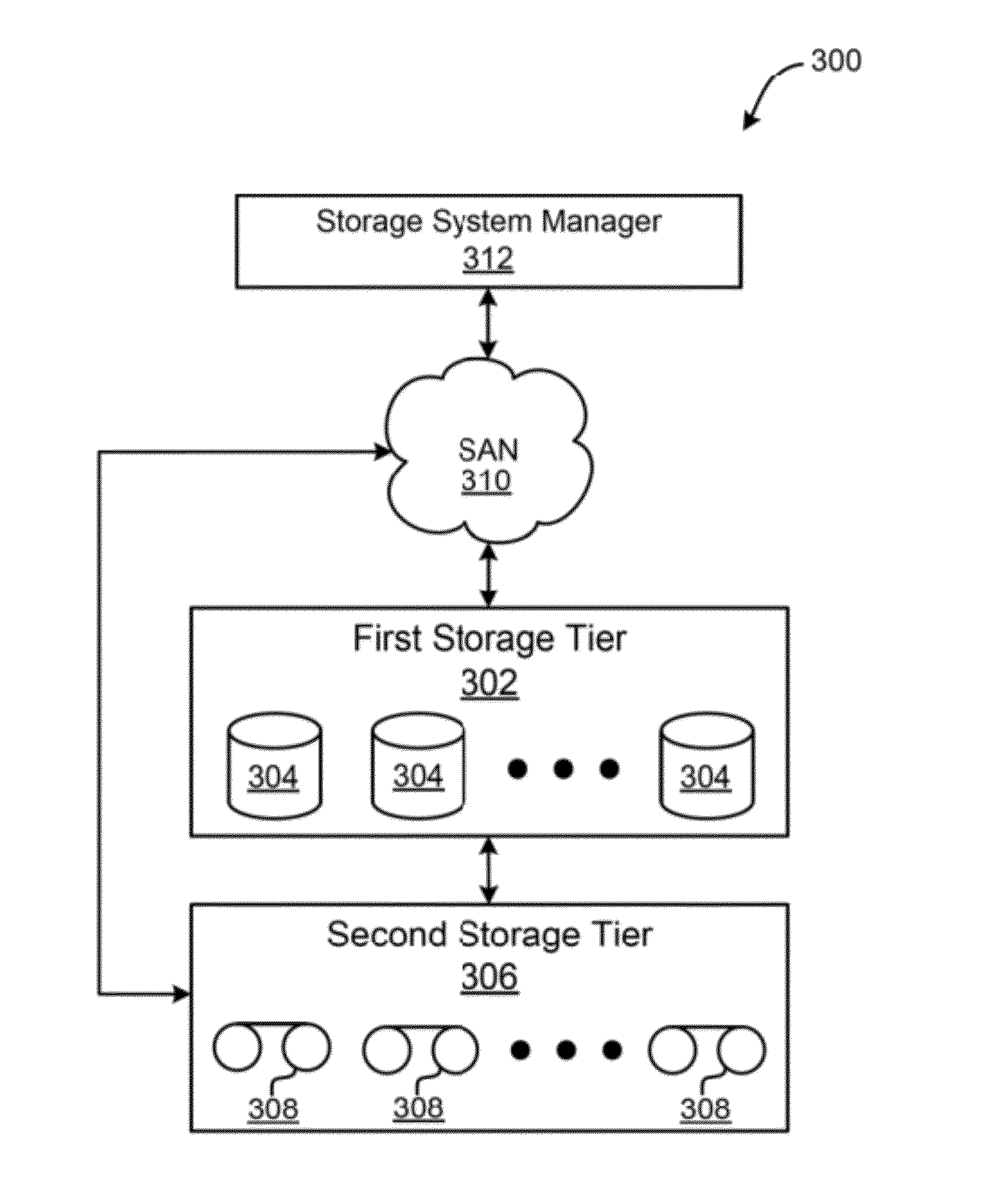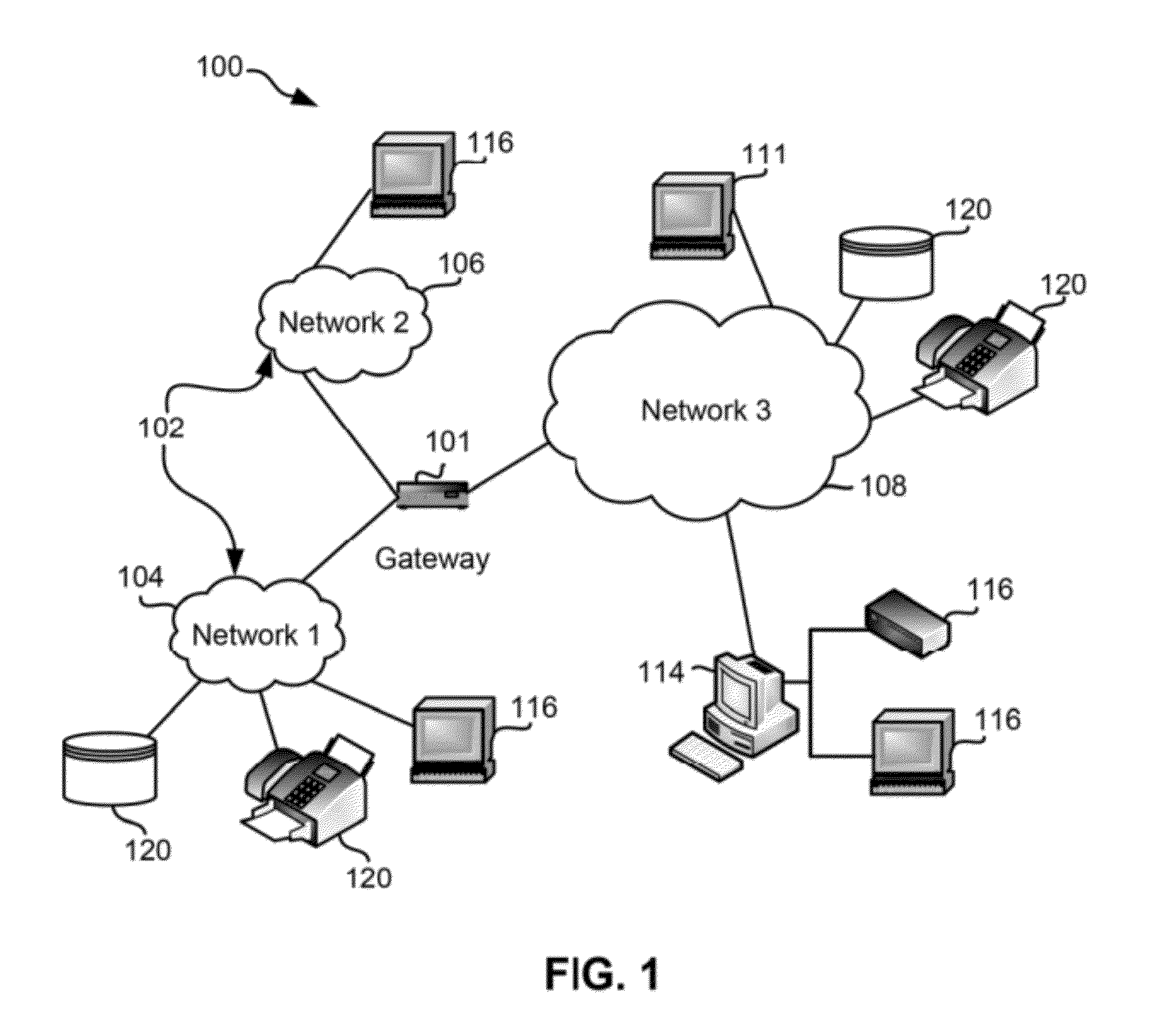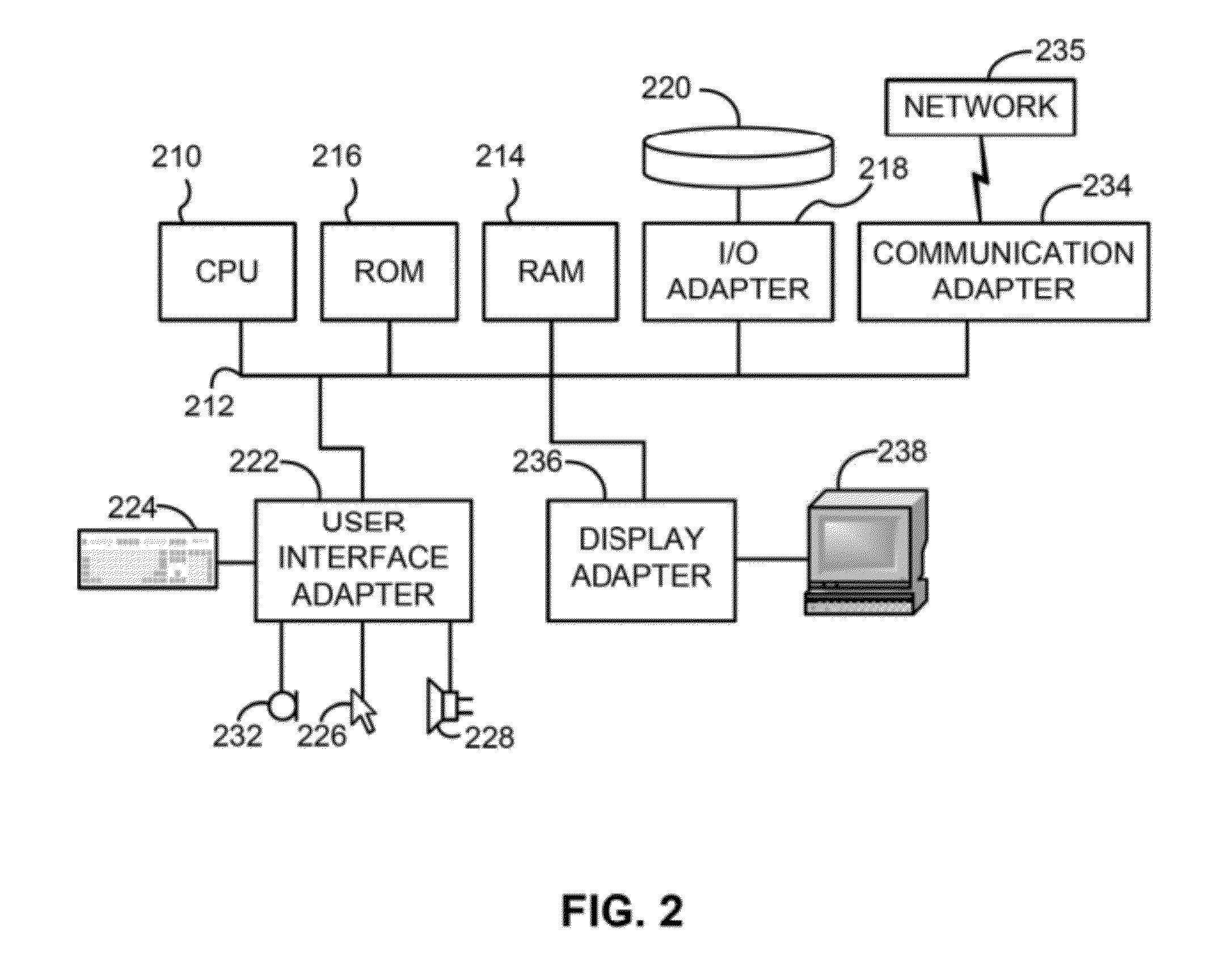Methods for managing ownership of redundant data and systems thereof
- Summary
- Abstract
- Description
- Claims
- Application Information
AI Technical Summary
Problems solved by technology
Method used
Image
Examples
second embodiment
[0072]Row B3 shows the recordings stored to tape after the pre-migration. In Step 3 the RAIT-5 parity is recalculated to include the new file. In Step 4, the source copy of the pre-migration copy is released, essentially making the transfer a migration. What had been the source copy of the recording is no longer associated with any given user, and so may be overwritten or alternately used as a spare. One embodiment stores user numbers in the file metadata, in which case releasing the file means changing file metadata. If so, then the RAID-5 parity may be recalculated to reflect any changes made to files storing those recordings to disk. But since only the metadata actually changed, it is likely that the only RAID-5 calculation update needed is to reflect updates to the file index. A second embodiment tracks ownership changes, which are tracked through Subs_List_X, and that is the only data structure that has to be changed. That data structure may be kept in both memory and on disk, ...
first embodiment
[0124]In a first embodiment, if the array associated with the saved recording is in Disk_Active_X, it is moved to Disk_Viewing_X, thereby enabling playback.
[0125]In a second embodiment, if the array associated with the recording is in Tape_Active_X, it is first moved from disk to tape. This is achieved via a “data-less” file movement, as previously described. Any element in Disk_Spare_X may be viewed as an orphaned recording of program X which may be adopted. Once that orphaned recording is identified, it is taken off the Disk_Spare_X list and instead becomes the pre-migrated copy of that user's recording on disk. The migration is then completed by moving the entry associated with that user's recording on tape from Tape_Active_X to Tape_Spare_X. Also, an entry is created for that user's recording on disk in Disk_Viewing_X. When these steps are complete (and all of this manipulation of data structure in memory may occur in less than a second), the movement of that user's recording fr...
PUM
 Login to View More
Login to View More Abstract
Description
Claims
Application Information
 Login to View More
Login to View More - R&D Engineer
- R&D Manager
- IP Professional
- Industry Leading Data Capabilities
- Powerful AI technology
- Patent DNA Extraction
Browse by: Latest US Patents, China's latest patents, Technical Efficacy Thesaurus, Application Domain, Technology Topic, Popular Technical Reports.
© 2024 PatSnap. All rights reserved.Legal|Privacy policy|Modern Slavery Act Transparency Statement|Sitemap|About US| Contact US: help@patsnap.com










